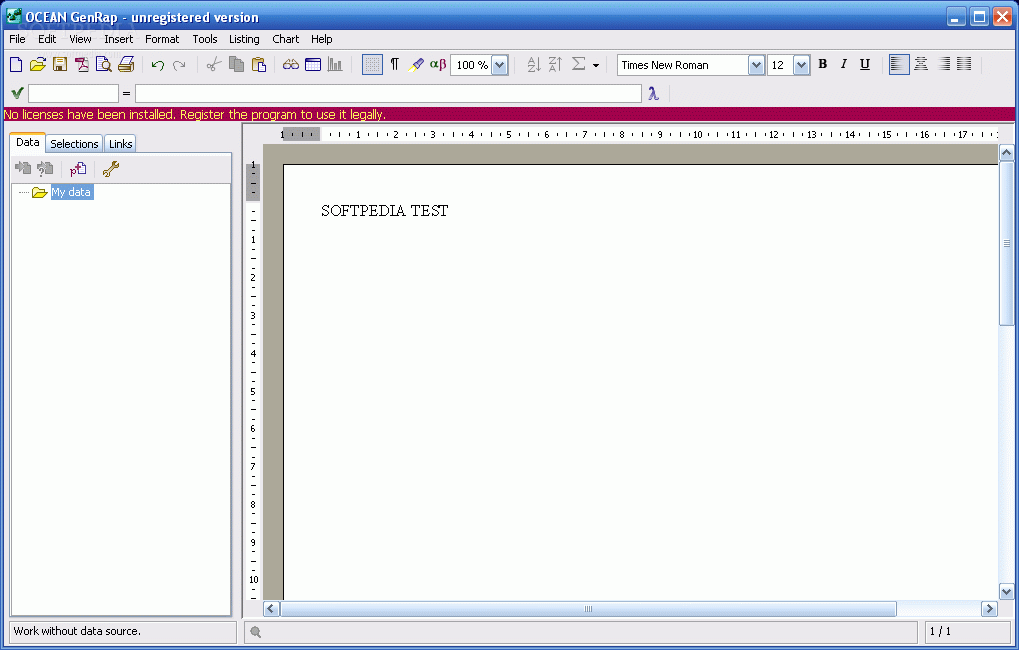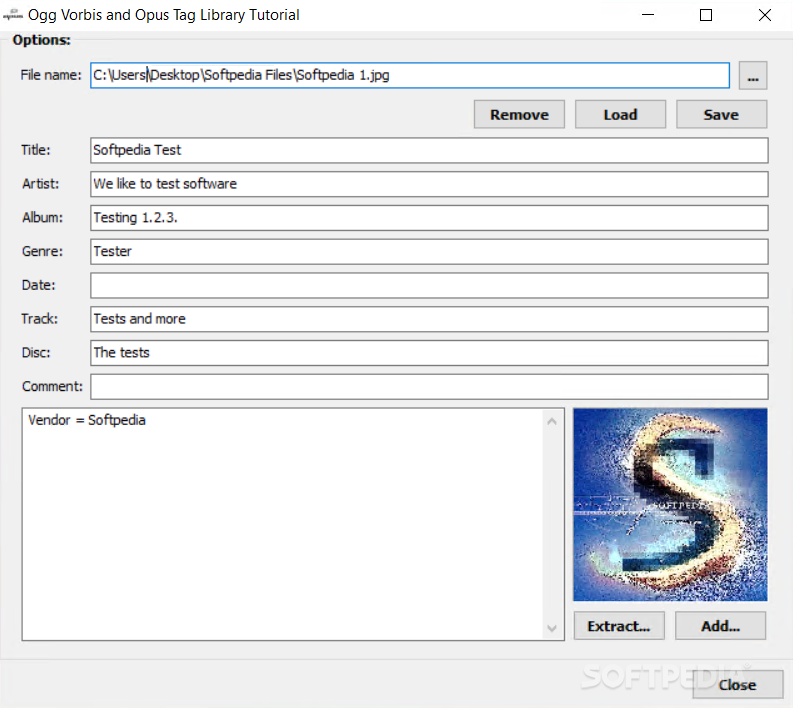
Coding applications from scratch which can communicate securely is extremely difficult, so it’s far better to use established code. This means that if a programmer wants to create an application which can communicate over networks safely, they don’t need to create their own version of SSL or some bespoke encryption algorithm: they can simply point their own program to OpenSSL’s libraries.
#Openssl licensing software
There’s no doubt that the world is a better place for OpenSSL, particularly given that the project offers both the software libraries and the toolkit to make use of them. This is a real perk of OpenSSL relative to other software libraries, as it means no third party software is required to make use of them. This allows users to perform routine activities like creating certificates, generating RSA Public/Private keys and even generating keys based on elliptic curves. The two main OpenSSL libraries are brought together under a comprehensive command line tool. OpenSSL also supports elliptic-curve cryptography, which provides high-strength encryption but with smaller key-sizes than regular symmetric/asymmetric encryption, making it much faster. The library also supports a number of implementations of Public Key Cryptography such as the RSA algorithm and the Diffie-Hellman key exchange. The libcrypto library also supports older encryption algorithms like Blowfish and Camellia. This supports a huge number of algorithms including the industry standard Advanced Encryption Standard ( AES). The library relies heavily on OpenSSL’s comprehensive cryptographic library, libcrypto. This is useful for websites, messaging apps, and VPN services, including free VPNs. It’s designed to allow users to enable support for SSL/TLS in both client and server applications. The core library (libssl) of OpenSSL is written in the C Programming Language.


#Openssl licensing code
As the source code is freely available OpenSSL is supported on a number of platforms including Linux, macOS and Windows. Amongst other things this includes open-source versions of both the SSL and TLS protocols. The OpenSSL Project dates back to 1998 to develop a free, versatile set of encryption tools for online use.

It establishes encrypted connections between computers on a network, such as the internet. Secure Sockets Layer (SSL) is an internet security protocol.


 0 kommentar(er)
0 kommentar(er)
